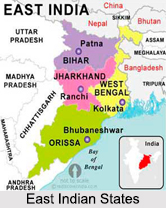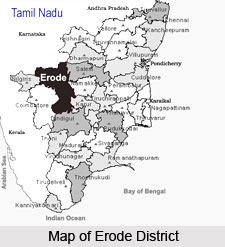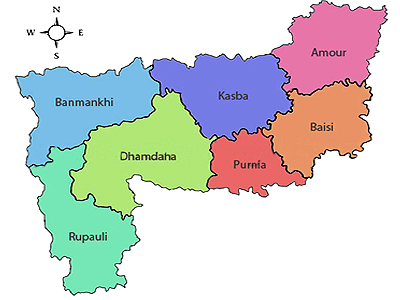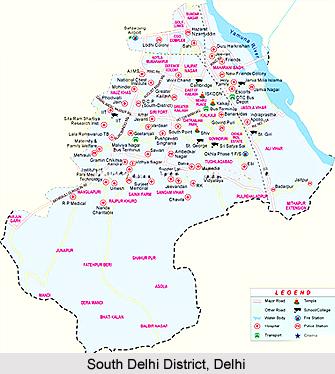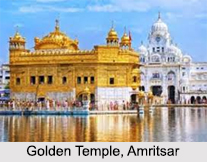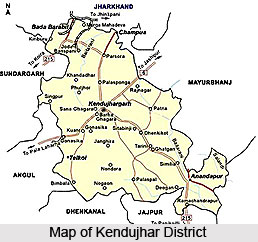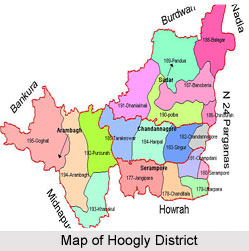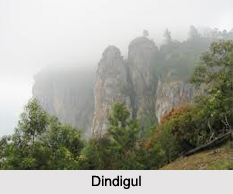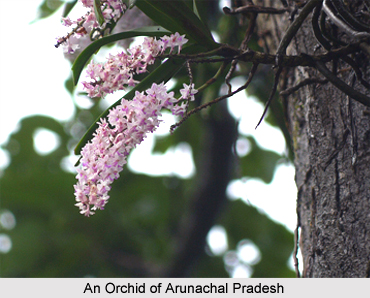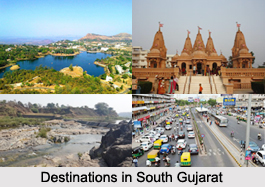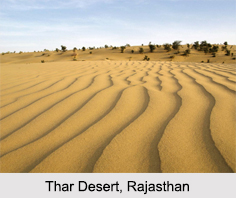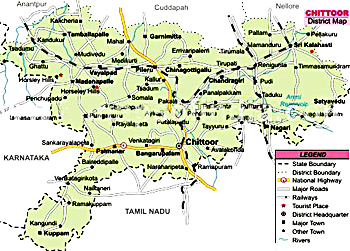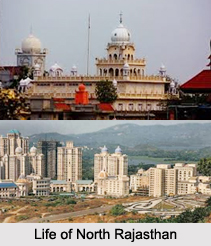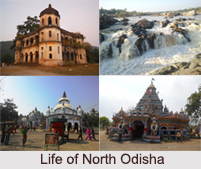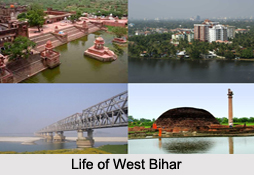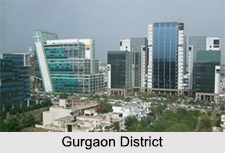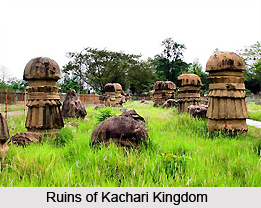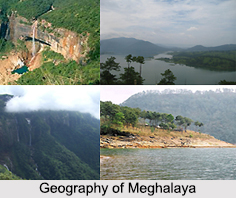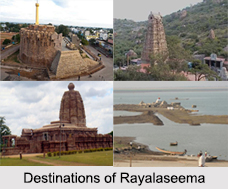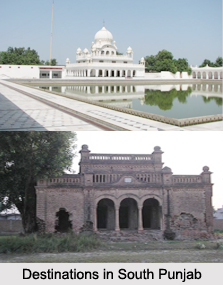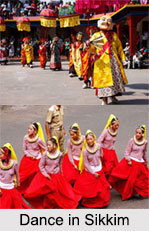 People of Sikkim consist of the north eastern tribal population like Lepcha, Bhutias and Indian Gorkhas.
People of Sikkim consist of the north eastern tribal population like Lepcha, Bhutias and Indian Gorkhas.
Sikkim is vibrant with Tibetan culture which is totally different from eastern Indian culture and heritage. Here not only the culture, but also the cuisine is highly influenced by Tibetan and Chinese cultures.
The communities, cultures, religions and customs of different hues intermingle freely in Sikkim to constitute a homogeneous blend. The Hindu temples coexist with Buddhist monasteries and Buddhist temples. There are few churches, which are also present in Sikkim along with mosques and Gurdwaras.
Population of Sikkim
The major proportion is dominated by the monasteries, but still the identity of Sikkim lies in the mixture of religious group. They are in fact a minority constituting only 28 percent of the population. The majorities that constitute 68 percent profess Hinduism. The predominant communities can be named as the Lepchas, Bhutias and the Nepalis. In urban areas many plainsmen such as Marwaris, Biharis, Bengalis, South Indians, Punjabis, etc. have also settled and they are mostly engaged in business and government service. Because of the development and construction activities in the state various people work and the working class consists of a small part of the population of migrant laborers from the plains and from Nepal plumbers, masons and carpenters from Odisha, Bihar and West Bengal and Sherpas who are hired by the Indian army to maintain the roads at high altitudes. A few thousand Tibetan Refugees are there who settled well in Sikkim.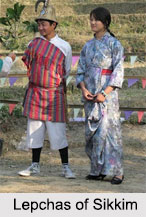
Culture of Sikkim
The culture of Sikkim is etched with different religious amalgamations. The cultural and economic forces are reshaping the way of life of the Sikkimese. Sikkim is the house of many cultural events like festivals, dance and music. Lu Khangthamo, Gha To Kito, Chi Rimu, Gnungmala Gnunghey, Rechungma, Be Yu Mista and Tashi Zaldha are the popular songs. Sikkim is also verdant with the mask dance like Enchey Chaam, Kagyed Dance, Rumtek Chaam and Gouthor Chaam.
Lepchas
Lepcha population is concentrated in the central part of Sikkim. This is the area that encompasses the confluence of Lachen and Lachung rivers and Dickchu. The terrain here is rugged and Lepcha dwellings are perched precariously on the steep hillsides. No wonder the word Lepcha means the ravine folk. They mostly live on agriculture of paddy, cardamom and oranges.
Bhutias
Bhutias are evenly distributed throughout the state of Sikkim. In Northern Sikkim where they are major inhabitants are known as Lachenpas and Lachungpas.
Nepalis or Indian Gorkhas
At the present time the Nepalis constitute more than 80 percent of the total population of Sikkim. They follow the Kirant Mundhum religion. The Kiratis include Limbus, Rais, Magars, Gurungs, Tamangs and some others as well. Nepalis are the mixture of Gurung, Magar, Newar, Tamang, Thami, Bhujel (Khawas), Rai (Khambu), Limbu (Subba), Sunuwar (Mukhia), Yakkha (Dewan), Sherpa and Yolmo.
